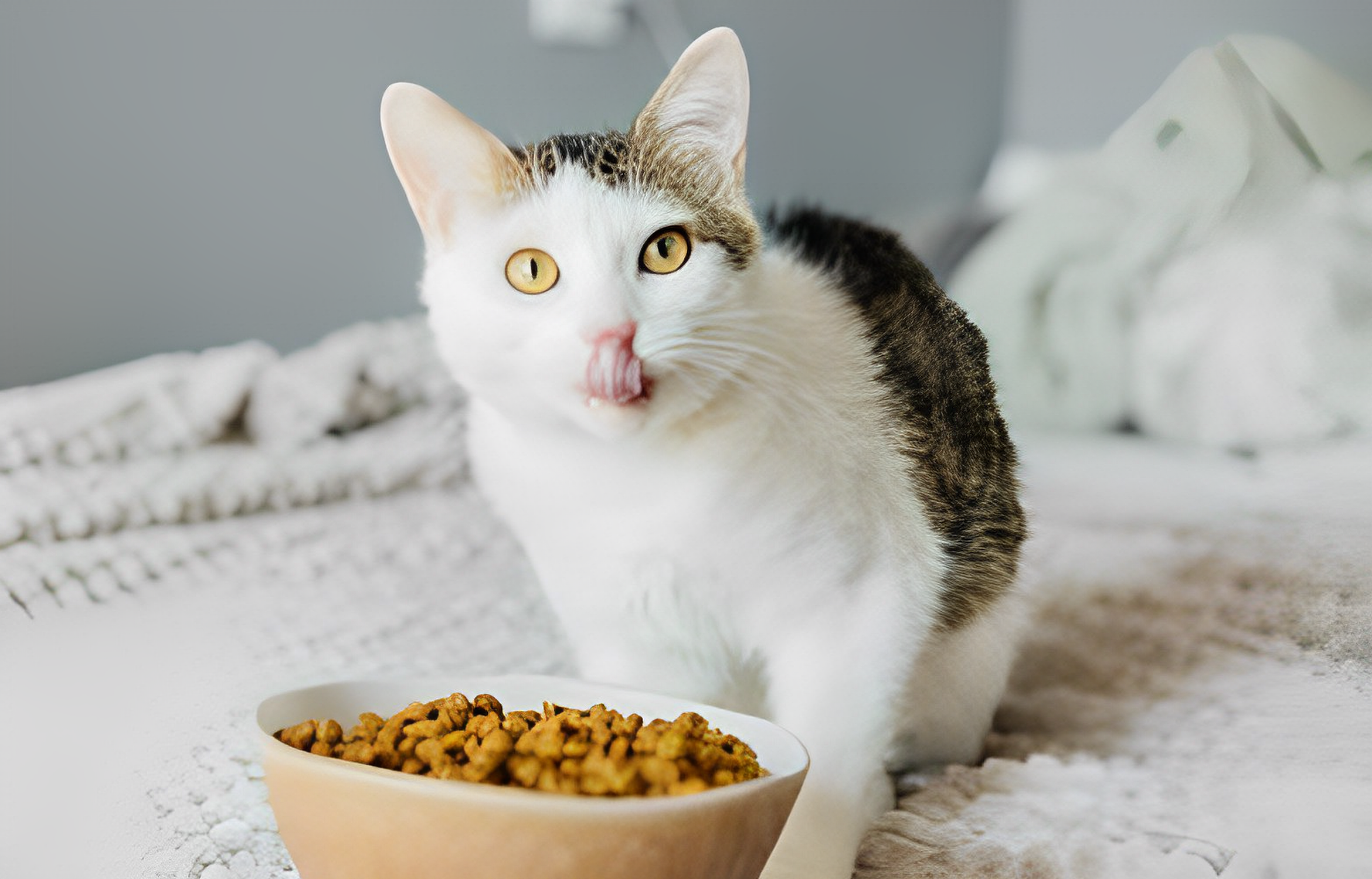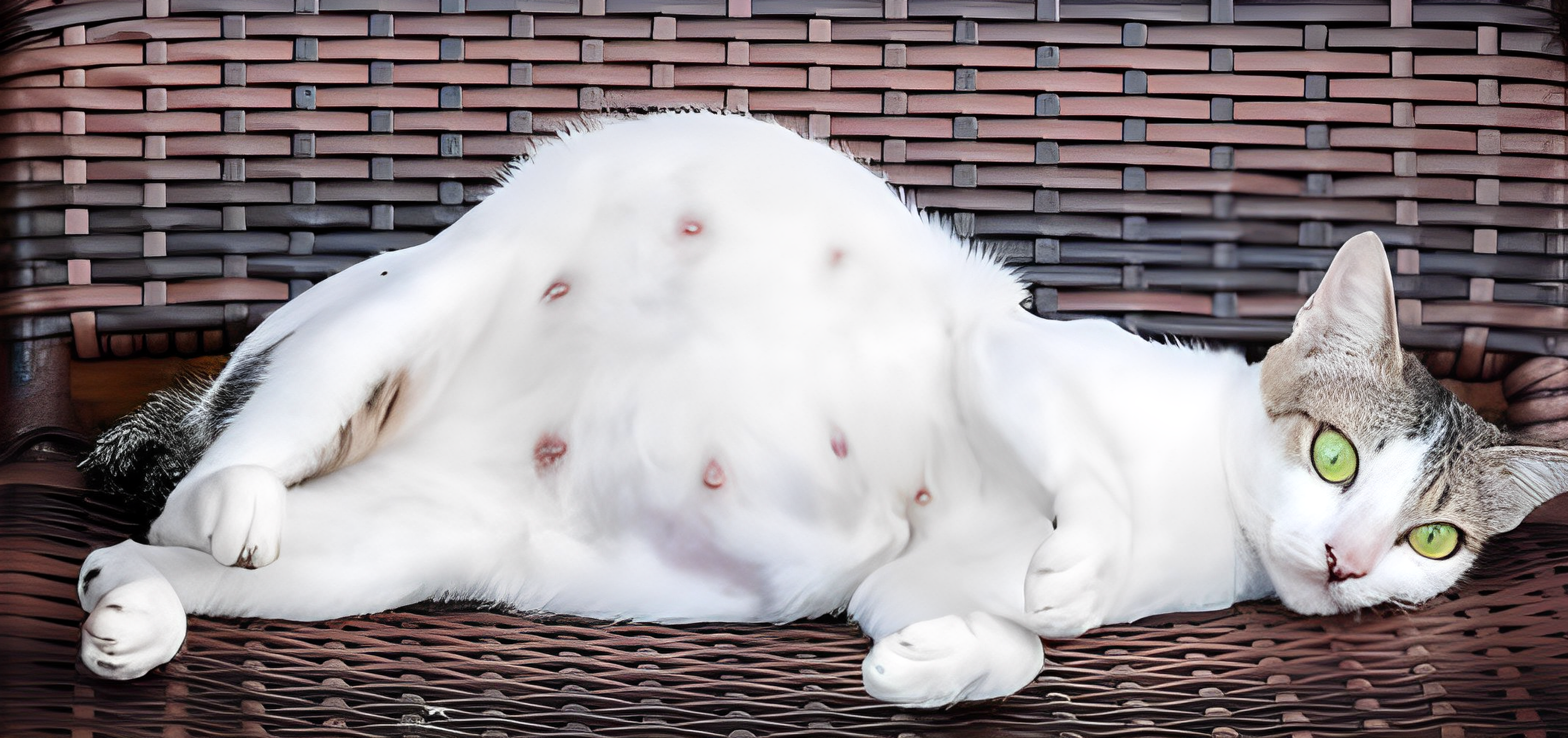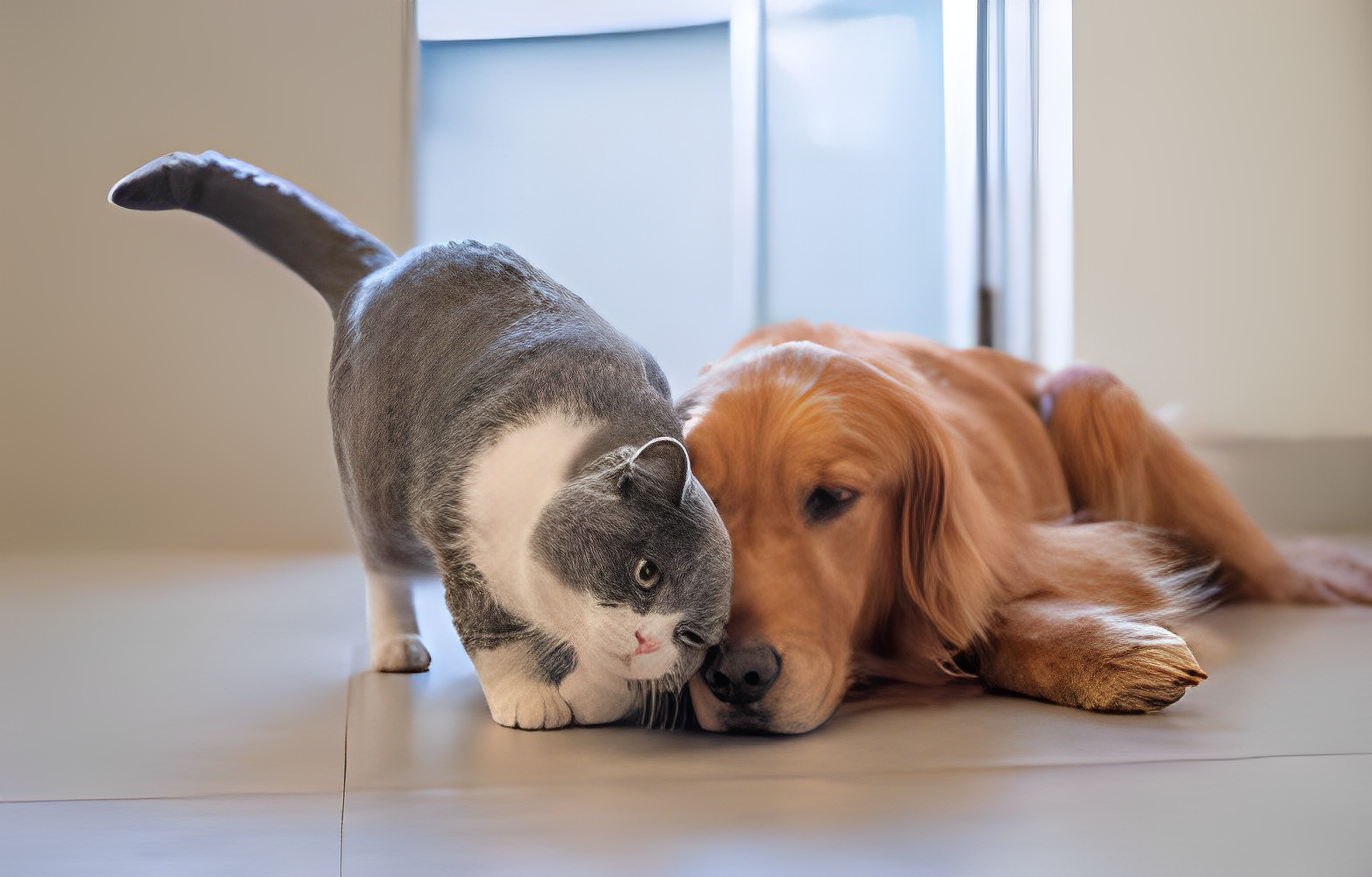Bringing a dog into your family is a significant decision, especially when you have children. A well-chosen canine companion can bring joy, love, and valuable life lessons to your kids. However, finding the perfect match requires careful consideration. In this blog, pet barn will explore the important factors to keep in mind when selecting a dog that will be a loving and compatible friend for your children.
1. Size and Energy Level:
One of the first things to consider when choosing a canine companion for your kids is the dog’s size and energy level. Larger and more active breeds may not be the best fit for families with young children. Smaller or medium-sized dogs are often more manageable and less likely to accidentally knock over or overwhelm a child. Additionally, consider the dog’s exercise needs. Some breeds require more physical activity and mental stimulation, which might be a great fit for active families, while others are more laid-back and suitable for quieter households.
2. Temperament and Socialization:
A dog’s temperament is a critical factor when it comes to their compatibility with children. Look for breeds or individual dogs known for their gentle, patient, and friendly nature. It’s essential to select a dog that can handle the unpredictable behavior of children and won’t become easily agitated. Socialization is also crucial. Ensure that your chosen dog has been exposed to various people, including kids, and is comfortable in social settings.
3. Age and Training:
The age and training of the dog play a significant role in their suitability for families with kids. Puppies can be cute and playful, but they require a lot of patience and training. An older dog that is already well-behaved and has some training may be a better choice for families with young children. Ensure that the dog you choose understands basic commands and is well-mannered, reducing the likelihood of any unwanted behavior around your kids.
4. Allergies and Shedding:
It’s essential to consider any allergies within your family when selecting a canine companion. Some dog breeds are considered hypoallergenic, which means they are less likely to trigger allergies in sensitive individuals. Additionally, consider the amount of shedding a dog does. Breeds that shed less can be a more practical choice, as they require less maintenance and keep your home cleaner.
5. Lifestyle and Activity Level:
Your family’s lifestyle and activity level should align with the dog’s needs and characteristics. Are you an active family that enjoys outdoor adventures? Or do you prefer a more relaxed lifestyle? Choose a dog that fits your family’s daily routines and activities. A well-matched dog will thrive in your environment and become an integral part of your family’s life.
6. Considerations for Specific Breeds:
Certain dog breeds are known for their compatibility with children. For example, Labrador Retrievers are often described as one of the best family dogs due to their friendly and gentle nature. Golden Retrievers and Beagles are also excellent choices for families with kids. However, each dog is an individual, and their behavior can vary, so consider the specific dog’s personality rather than relying solely on breed stereotypes.
7. Adoption and Rescue:
Consider adopting a dog from a shelter or rescue organization. There are countless wonderful dogs in need of loving homes, and many of them are great companions for families. When adopting, you may also find older dogs that are already well-socialized and trained, making them ideal for families with children.
8. Involving Kids in the Decision:
Involving your children in the process of selecting a dog can be a valuable experience. It teaches them responsibility and allows them to form a bond with their future pet. However, it’s crucial to ensure that the final decision is made by the adults in the family, as they have a better understanding of the dog’s needs and the family’s lifestyle.
9. Breed Specifics:
Different breeds have different traits, and it’s important to consider how these traits align with your family’s needs and preferences:
- Labradors: Known for their friendly and outgoing nature, Labradors are excellent family dogs. They are great with children and adapt well to active lifestyles.
- Golden Retrievers: These dogs are known for their gentle and patient disposition. They are great with kids and are easily trainable.
- Beagles: Beagles are friendly and curious dogs. They are good with children and enjoy outdoor activities.
- Bulldog: Bulldogs are calm and affectionate, making them suitable for families with a more relaxed lifestyle.
- Poodles: Poodles come in various sizes and are often hypoallergenic. They are intelligent and adaptable to different family dynamics.
- Boxers: Boxers are energetic and protective. They are great with kids and make excellent family pets.
10. The Costs of Pet Ownership:
It’s essential to consider the financial aspect of bringing a dog into your family. Beyond the initial adoption or purchase fee, there are ongoing costs associated with pet ownership, such as food, grooming, veterinary care, and training. Ensure that you are financially prepared to provide for your dog’s needs.
11. Involving Kids in Caring for the Dog:
Teaching your children about the responsibilities of dog ownership is an important part of the process. Kids can participate in feeding, grooming, and exercising the dog. This not only helps them bond with the dog but also teaches them valuable life skills and empathy.
12. Proper Introduction:
When you bring your new dog home, it’s crucial to have a proper introduction between the dog and your children. Ensure that both the kids and the dog feel comfortable and safe during the initial interactions. Teach your children how to approach and handle the dog gently and respectfully.
Finding the perfect canine companion for your kids is a process that requires careful consideration of size, energy level, temperament, age, training, allergies, shedding, and lifestyle. When done thoughtfully, it can result in a wonderful bond between your children and their four-legged friend, creating lasting memories and a lifelong love for animals. Remember, a dog is not just a pet but a valuable family member, and the right choice can bring immeasurable happiness and enrichment to your home. Choose wisely, and your family can enjoy the many benefits of having a loving and loyal canine companion, making beautiful memories that will last a lifetime.









